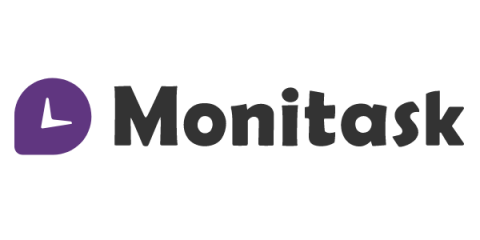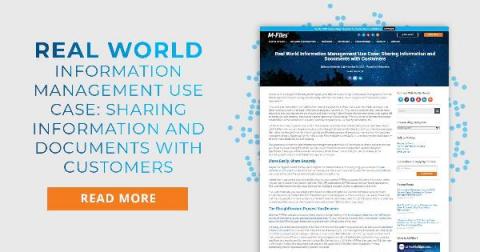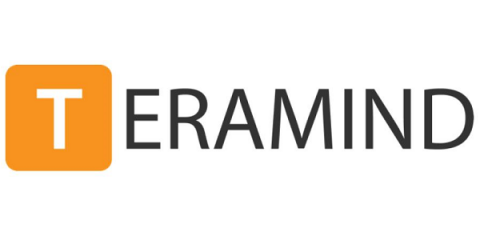Top 33 Task Management Apps for Prioritizing Work
Looking for the best task management app for prioritizing tasks and improving your team’s productivity? Then look no more. We’ve put together a list of the best 30 task management apps on the market, including their best features and prices, to help you make an informed choice for your company.











